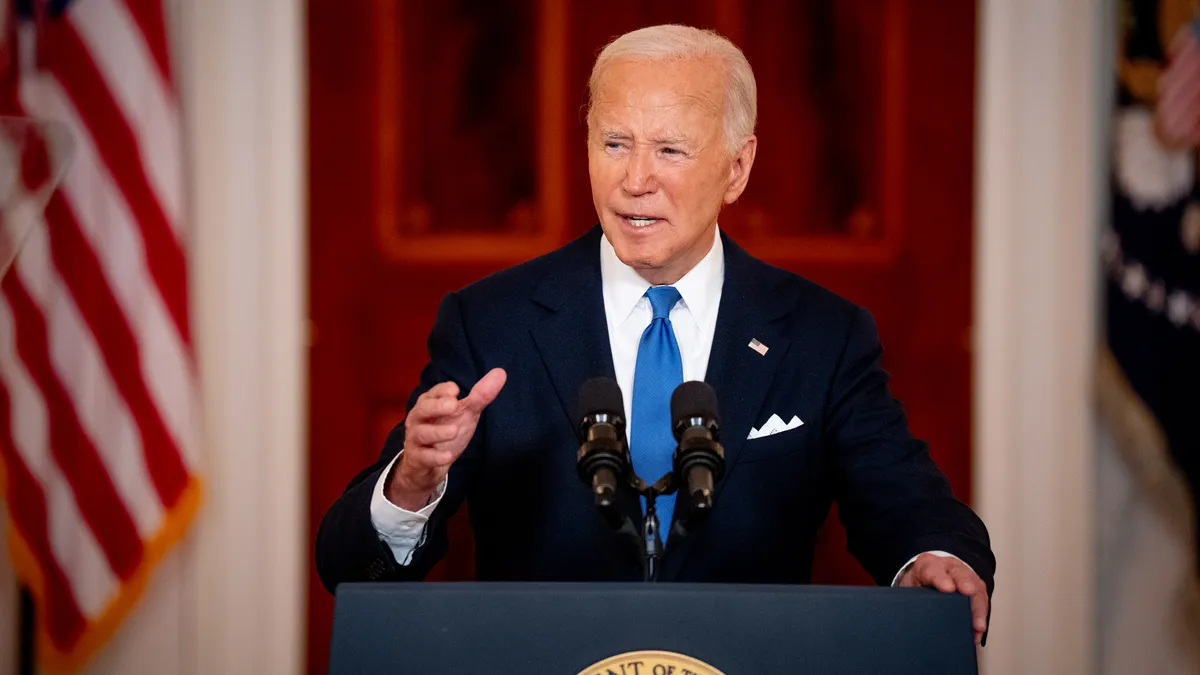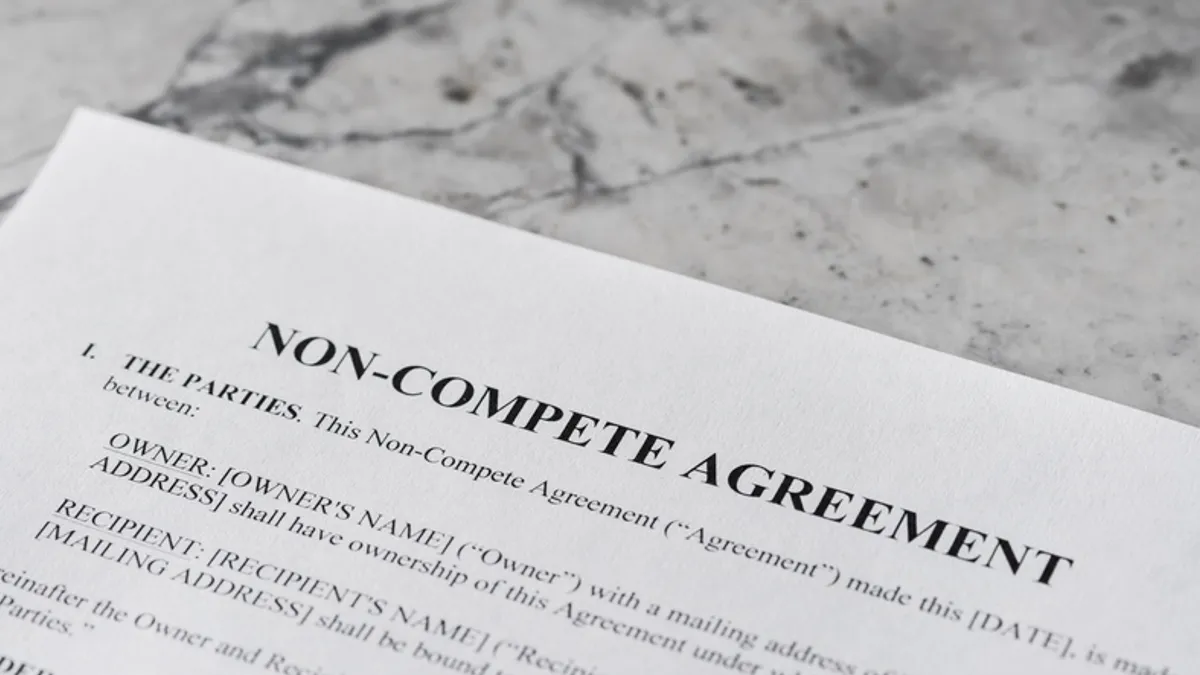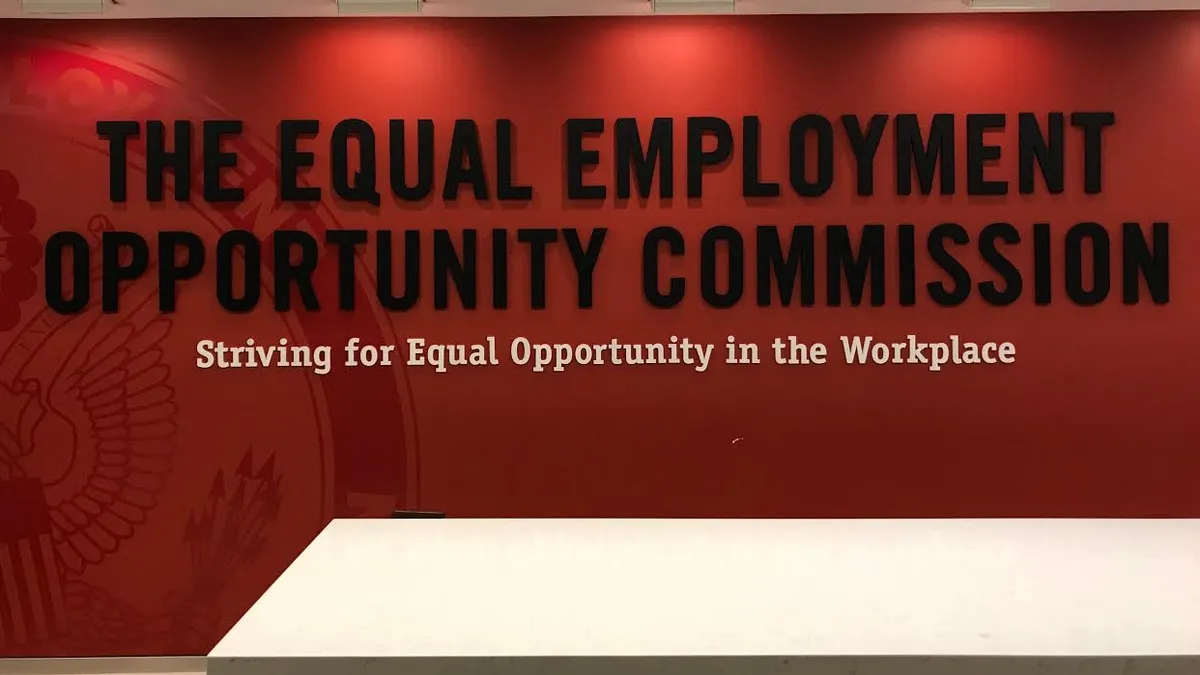President Joe Biden’s proposal to reform the Supreme Court by having Congress pass a statute limiting justices’ terms to 18 years reopens a debate among legal scholars over whether the legislative branch has the authority to say how long justices can serve without violating the vesting clause in the Constitution.
The last time scholars explored the question was three years ago, when Biden, newly elected to office, fulfilled a campaign promise by creating a commission to look at Supreme Court reform.
“The court system [is] getting out of whack,” Biden said as a candidate.
In addition to limiting terms to 18 years, Biden has also called on Congress to pass legislation replacing the court’s voluntary code of conduct with something that carries penalties for noncompliance. Biden also is seeking passage of a constitutional amendment to address the Supreme Court decision July 1 giving presidents immunity from criminal prosecution for actions undertaken in office that are in the service of their core constitutional duties.
The commission Biden created in April 2021 concluded in its report that it doesn’t know whether Congress can impose term limits but one way to handle the question is by giving justices different duties after 18 years. That way they keep their lifetime appointment.
Taking such an approach wouldn’t prevent a court challenge but neither would it be a forgone conclusion that the provision loses, given the degree to which the legal community is split over its constitutionality.
“The Commissioners are divided as to whether it would be constitutional to implement term limits via statute [so] we offer what we take to be the best argument for each position,” the report says.
The report explores three ways of keeping justices on for lifetime appointments while still achieving the goal of limiting their terms to 18 years.
The first is by creating a senior designation. Once justices reach 18 years, they no longer sit for cases that come before the court and instead assist the chief justice with administrative work and hear cases at lower federal courts.
“Congress could specify these duties by statute, or it could leave it to the Justices themselves to decide on them through an internal rule,” the report said.
Justices already perform these kinds of duties, so handing these off under a newly designated senior status wouldn’t be a departure from current practice. “Federal law authorizes Justices to sit on circuit courts,” the report said.
A second way is to limit these senior judges to cases of original jurisdiction, while leaving appellate cases to the justices who haven’t yet reached 18 years on the court. This would effectively meet the goal of term limits because the bulk of cases to come before the Supreme Court, and the most controversial ones, are cases that come up through the appellate system; cases of original jurisdiction, by contrast, are rare and tend not to be the kind that split the country.
“Most cases, and almost all of the controversial cases, come before the Court through its discretionary appellate jurisdiction,” the report said. This is “another way of creating the effective equivalent of term limits that might avoid some of the constitutional problems of the main proposal.”
Going this route also has the benefit of having supporting language in the Constitution which gives Congress a role in regulating the court’s appellate jurisdiction.
“’[T]he supreme Court shall have appellate Jurisdiction, both as to Law and Fact, with such Exceptions, and under such Regulations as the Congress shall make,’” says the report, quoting from Article III, Section 2.
A third way, and probably the most controversial, is to require the president to designate lower court judges to sit on the top court for 18-year terms, after which they would return to their old seats.
This approach addresses one of the main arguments against creating a senior class of judges: that the duties of senior judges are so different from what they did before that the new role is effectively a new appointment.
“Under this proposal, Presidents would no longer appoint anyone to the office of “Judge[] of the supreme Court,” the report says. “Instead, Presidents would simply designate lower court judges to serve on the Court temporarily.”
When, or whether, Congress will take up Biden’s reform package remains to be seen, but the commission he created to examine the issue has provided a first look at how lawmakers could tackle the challenge if they decide to make a go of it.



















